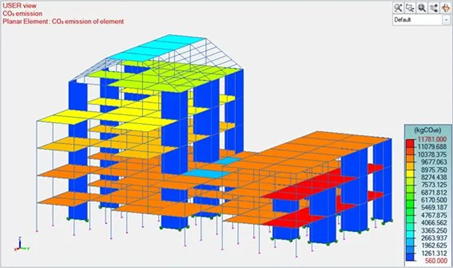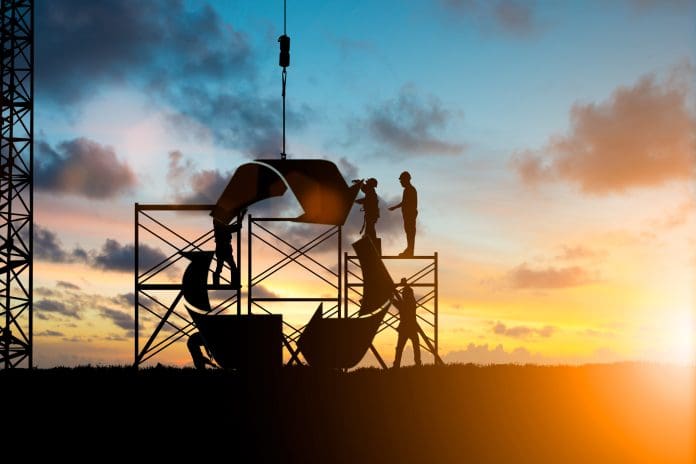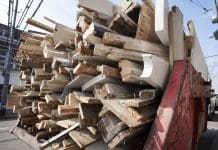In this piece, Łukasz Jędrzejewski, product marketing manager at Graitec, explores the emerging role of sustainability in structural engineering, and the need for environmentally conscious design
As dawn breaks over the bustling city, the sounds of construction can be heard from every corner.
Buildings are being erected at an unprecedented rate as cities continue to expand and populations grow. But amidst this flurry of activity, there is a growing concern about the impact these structures have on our environment.
Structural engineering has long been hailed as a marvel of human innovation and progress. From towering skyscrapers to intricate bridges, engineers have pushed the boundaries of what is possible in terms of design and functionality. However, with great power comes great responsibility.
How can the industry adopt sustainability in structural engineering?
The world we live in today is facing numerous challenges when it comes to sustainability.
Climate change, pollution, and resource depletion are just some of the issues that threaten our planet’s future. And while many industries are taking steps towards becoming more sustainable, structural engineering has often been overlooked.
But things are starting to change. The next generation of engineers is determined to make a difference and pave the way for a more sustainable future. They understand that their designs not only need to be functional but also environmentally conscious.
Companies are increasingly recognising that sustainability must be at the forefront of any new project or design concept.
Investigate performance based design in the free download 5 Ways Technology is Shifting the Structural Engineering Industry in the Next 5 Years. Discover how Advance Design can help your company stay ahead of the competition.
How the structural design process helps to save the planet, and money
One example of supporting sustainability in structural engineering is to enable engineers to accurately estimate carbon emissions by assigning specific carbon factors to individual materials or structural elements.
This process can be made even more efficient by enabling the engineer to control the process by specifying the list of data sets for CO2 estimation.
The workflow can be streamlined by showing calculation results in graphical form and report tables, tracking cost and carbon emission graphical results.

Not only does this ability in the structural design process benefit our planet by ultimately reducing harmful greenhouse gases, but it also helps companies save money through efficient use of resources – something both businesses and consumers increasingly value.
Going beyond estimating carbon emissions, structural engineers can benefit from using cost evaluation based on materials used for different building elements.
An engineer’s decisions can be more straightforward if they can control and manage the process with a list of data sets and unit prices. This workflow allows engineers to make informed decisions that not only benefit the environment but also their client’s budget.

Graitec Advance Design: putting sustainability at the forefront of any new project
One option for placing sustainability at the forefront of any new project or design concept is the cutting-edge FEM software solution GRAITEC Advance Design.
Graitec is leading the charge to empower engineers with structural engineering software solutions that help them transform sustainability from just a buzzword to an essential factor in every project. Sustainability can become a crucial step towards building a better future for generations to come.
As I look out at the city skyline, I am filled with hope for what lies ahead. With each new structure built using sustainable practices, we move one step closer towards creating a world where progress and preservation can coexist harmoniously. And that is something worth striving for.
From carbon emissions estimation and tracking to cost evaluation and management, discover the all-in-one FEM software that helps structural engineers put sustainability at the forefront of design: GRAITEC Advance Design.





![[VIDEO] Making DorTrak reports easy to read with Fireco Inspecting fire doors at Fireco, firedoor technology, 2023](https://www.pbctoday.co.uk/news/wp-content/uploads/2024/04/JPZ_2364-web-218x150.jpg)
![[VIDEO] Re-flow Field Management review by Traffic Management Installations When TMI began subcontracting for councils and government bodies, they wanted to present their site reporting in a more professional manner](https://www.pbctoday.co.uk/news/wp-content/uploads/2025/03/TMI-Media-1-218x150.png)







